We believe in happier and healthier families, so we try to help make mornings more wholesome and fun for the entire family with our whole grain breakfast CHEERIOS® cereals.
Good Goes Round
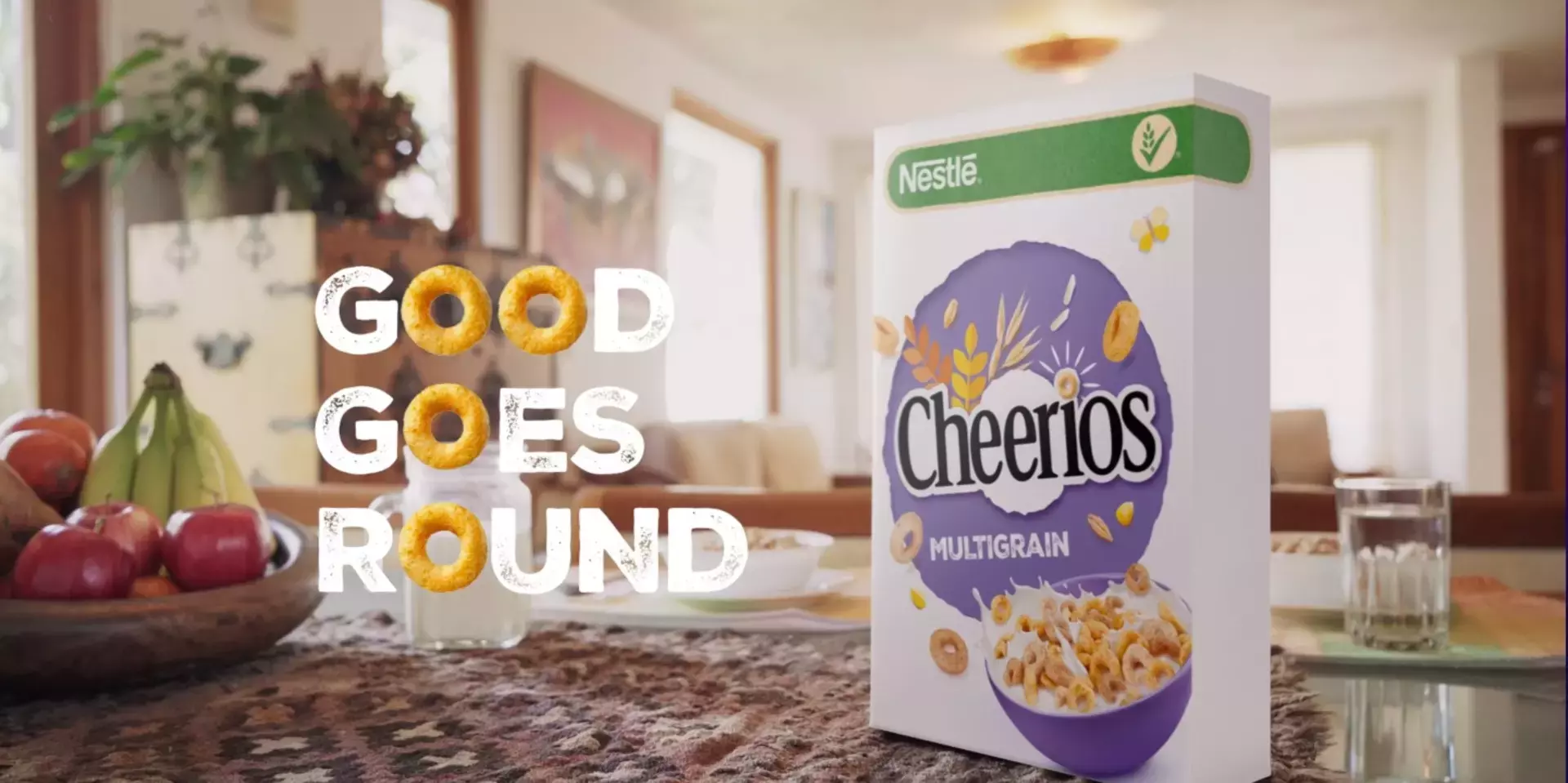

Great Tasting CHEERIOS® – for everyone in the family!
At CHEERIOS® we make great tasting and nutritious cereals with whole grain oats or 5 whole grains and no artificial colours or flavours! Our simple ingredients make a delicious bowl of goodness that everyone in the family will love!
Whole grains contain fibre, vitamins and minerals and health experts advise we eat more of them. So when you tuck into a bowl of CHEERIOS® cereal, it's more than just a tasty breakfast. Nestlé CHEERIOS® are a good source of calcium* which is needed for the maintenance of normal bones. Discover our full range of products and start your day right!
*A good source of calcium which is needed for the maintenance of normal bones
FEATURES & BENEFITS
51.9%
Whole grain
Whole Grain
No. 1 Ingredient
Fibre
Source
8
Vitamins & Minerals
No
Artificial Colours or Flavours
OUR CAREFULLY SELECTED INGREDIENTS
Cereal Grains { Whole Grain Wheat Flour (35.1%) (Gluten), Rice Flour, Whole Grain
Barley Flour (4.3%) (Gluten), Whole Grain Oat Flour (4.3%) (Gluten), Buckwheat Flour }, Sugar,
Wheat Starch (Gluten), Glucose Syrup, Palm Oil, Minerals (Calcium Carbonate and Reduced Iron),
Salt, Caramelized Sugar Syrup, Acidity Regulator (Trisodium Phosphate E339iii),
Colour (Annatto), Vitamins ( B3, B5, B6, B2 and B9 ) and Tocopherol.
Contains Acidity Regulator As Permitted Food Conditioner
All additives are of plant or synthetic origin.
May contain egg and milk.
Nutritional Info
Energy
481kJ/114kcal
Fat
1.2 g
Sugar
5.4 g
Salt
0.11 g
of an adult`s RI
* Reference intake of an average adult (8400 kJ/2000 kcal)
NUTRITION INFORMATION
Typical values
| Energy | 1604 kJ |
| Energy | 379 kcal |
| Protein | 8.4 g |
| Fats | 4 g |
| of which Saturates | 0 g |
| Carbohydrates | 77.2 g |
| of which Sugars | 17.9 g |
| Fibre | 4 g |
| Salt | 0.38 g |
| * Nutrient Reference Value (NRV) | |
Vitamins & minerals
| Riboflavin (B2) | 2 mg |
| Niacin (B3) | 19 mg |
| Vitamin (B6) | 1.9 mg |
| Folic Acid | 290 mg |
| Pantothenic Acid (B5) | 7.2 mg |
| Calcium | 575 mg |
| Iron | 12.3 mg |
| * Reference Intake (% RI) | |
* Nutrient Reference Value (NRV)
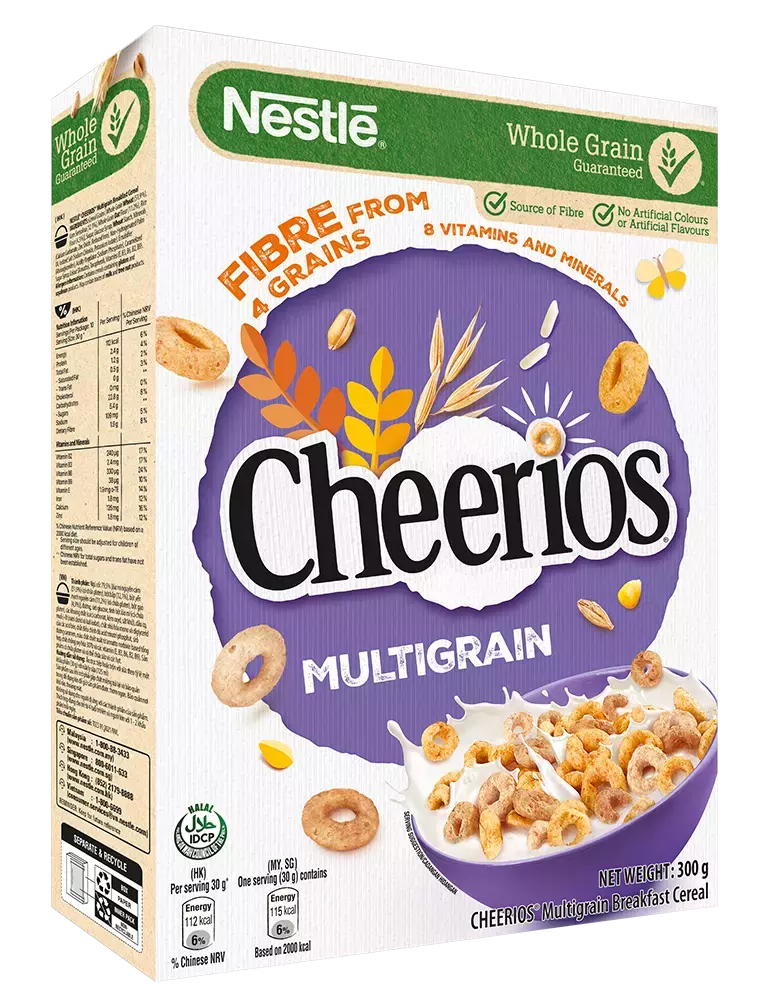
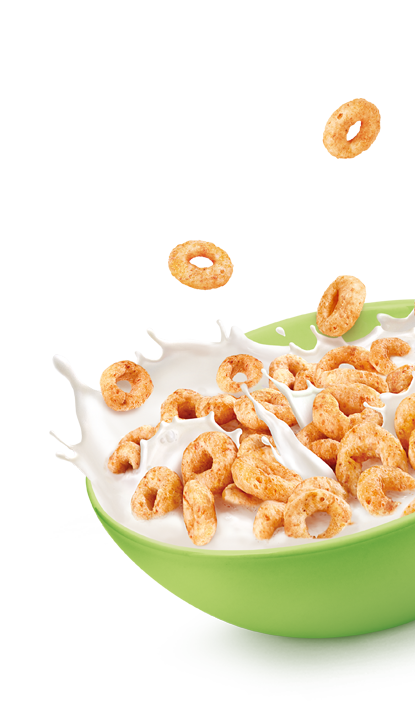
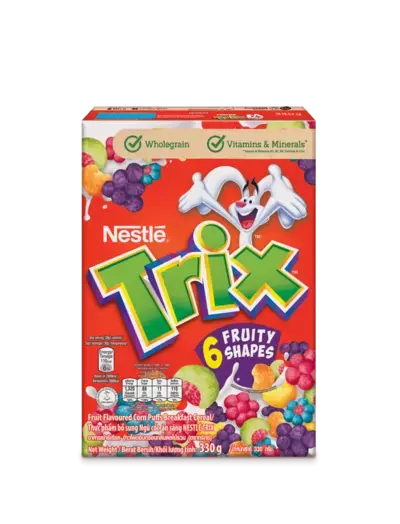
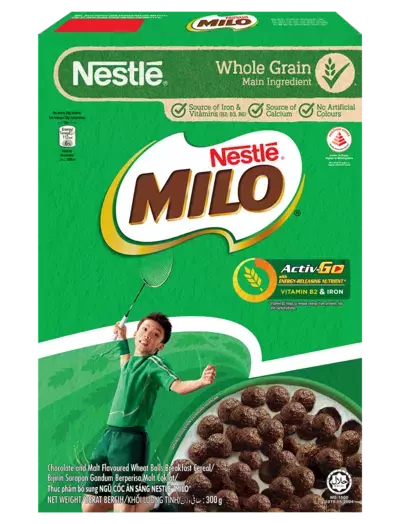
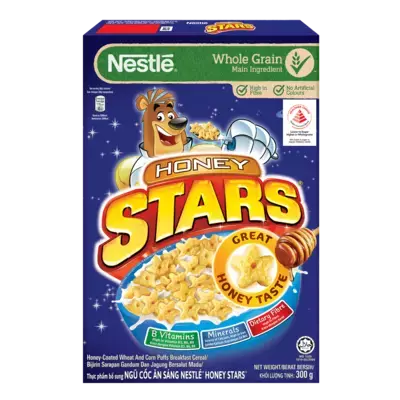
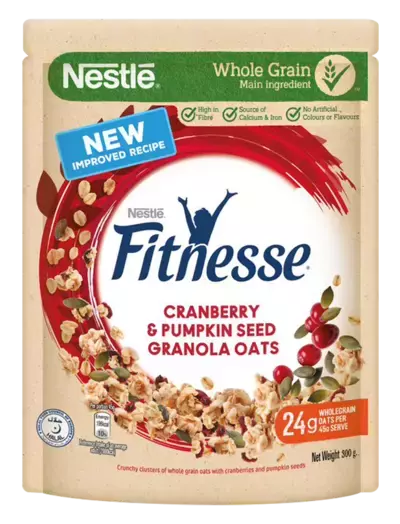
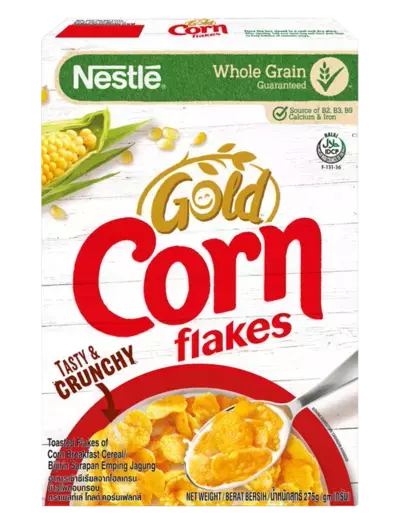
Comments
Rating
Comments